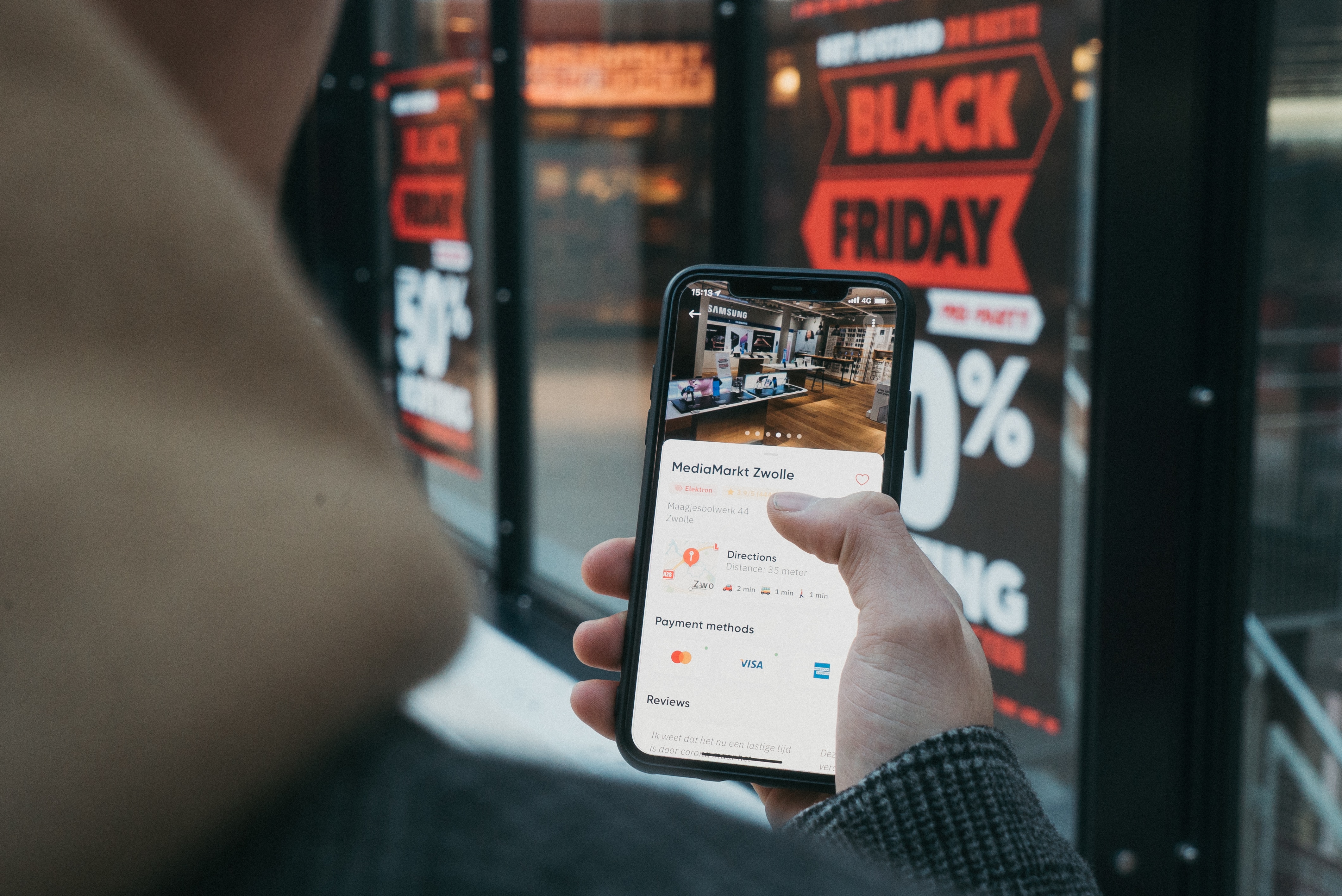
Healthcare costs can often be confusing and difficult to predict, especially with the various factors that contribute to discrepancies and the hidden costs that sometimes sneak up on us. This guide will explore those factors and provide you with some practical tips on making informed choices about your healthcare options, so you don’t end up paying more than necessary. Get ready to navigate the complex world of healthcare costs with confidence!
Understanding the Basics
Before diving into the hidden costs of healthcare, it’s crucial to understand the basics. Healthcare expenses can be divided into three main categories:
- Insurance premiums: the insurance payments you make each month for your healthcare plan.
- Out-of-pocket costs: what you pay directly to healthcare providers when you receive services, such as copayments, deductibles, and coinsurance.
- Non-covered services: anything not covered by your insurance plan, which you are personally responsible for.
Why So Complicated?
There are several reasons why healthcare costs can be complex and challenging to understand. These include the healthcare industry’s lack of transparency, insurance plan variations, and regional differences. Because prices for services and procedures are often not publicly available, it’s tough to compare prices and select the best option, and different plans cover different services with varying copayments, deductibles, and coinsurance levels, which can significantly impact your out-of-pocket expenses. Costs can also differ based on factors like geography, regional health systems, and demographics, making them inconsistent from one location to another.
One example of the hidden cost is diagnostic imaging procedures, such as MRI scans. The out of pocket MRI cost can vary significantly depending on various factors like the facility, location, and insurance coverage. It is essential to be aware of these potential price variations as you navigate through your healthcare journey.
Prescriptions and Hidden Charges
Medication costs, particularly for prescription drugs, can be a substantial portion of your healthcare expenses. Factors such as patent protections, price negotiation in different countries, and distribution fees significantly influence drug prices, often pushing them beyond affordability for many people. Being aware of drug costs and understanding what influences them is essential to help manage your total healthcare expenses
Awareness is key when it comes to identifying hidden charges in the healthcare system. Some common ones to watch for include:
- Facility fees: Charges from hospitals or other healthcare facilities for their operating costs, which may not be included in a provider’s quoted fee.
- Anesthesia charges: Not always included in a quoted surgical procedure fee, this separate anesthesia charge can add significant cost.
- Surprise medical billing: also known as ‘balance billing,’ occurs when you receive services from an out-of-network provider without your knowledge, resulting in much higher out-of-pocket costs.
Ways to Control Expenses
Luckily, there are some ways to take charge of your healthcare costs. Try to shop around for providers and services that offer the best combination of price and quality. Many websites and tools are available to help compare healthcare costs. Understand your insurance plan, read your policy carefully, and ask questions so you know what your coverage includes and how much you can expect to pay out-of-pocket. Going to an in-network provider can save you money compared to out-of-network providers, which typically result in higher costs. And finally, try your best to stay healthy. Take preventative measures such as exercising, eating well, and attending regular check-ups to avoid more significant and costly health issues in the future.
Telemedicine, or the practice of using technology to remotely deliver healthcare services, has grown dramatically in recent years. Telemedicine offers several benefits like increased accessibility, reduced travel expenses, and decreased exposure to infection, especially during pandemics. Patients can access healthcare professionals from the comfort of their homes at a fraction of the cost of in-person visits. Explore telemedicine options to help control your overall healthcare spending.
Negotiating Prices
Did you know that negotiating healthcare costs is possible in some cases? One way to negotiate is to research the average cost of whatever treatment you’re receiving. Knowing the average price for specific services or procedures can give you the edge when negotiating. Inquiring about cash-pay discounts or payment plan options can also help you reduce the final cost. And always try to get a written agreement or itemized bill. Secure payment arrangements or discounts through a written plan can avoid misunderstandings or future billing disputes.
Understanding and managing healthcare costs can be daunting, but with the right knowledge and tools, it’s possible to make informed choices about your healthcare options and save money. Keep the factors contributing to healthcare cost discrepancies in mind, and use the strategies in this guide to unveil the hidden costs of healthcare. Good luck on your journey toward a healthier and more cost-effective future!


